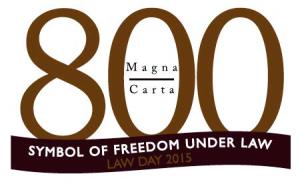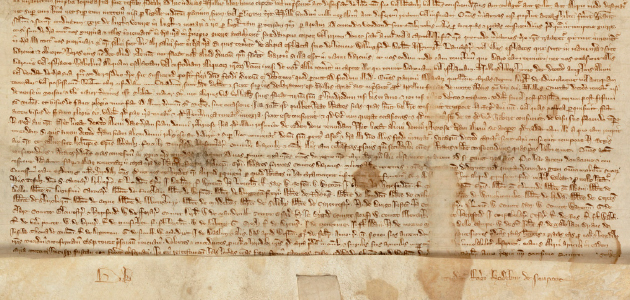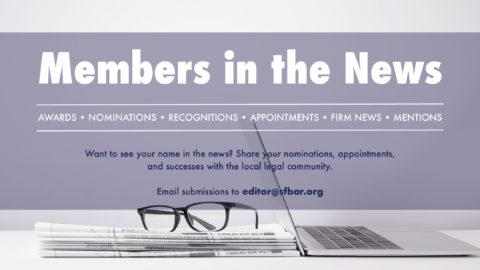Eight hundred years ago, the sealing of Magna Carta on a grassy English meadow at Runnymeade by the Thames took place when barons coerced King John of England into granting a number of rights and liberties.
Magna Carta (Latin: “the Great Charter”) is credited with establishing the rule of law in Anglo-American legal history and is widely viewed by legal historians as one of the founding documents of modern democracy and constitutional government. It contains language that gave early expression to principles of due process, separation of powers, rights to a fair trial, and the supremacy of the rule of law over the power of kings and other rulers.
Over the course of history, the Great Charter was re-issued by numerous kings for their own political and monetary gain. Magna Carta was rediscovered in the 17th century, when English jurists, especially Sir Edward Coke, made it into the fundamental source of constitutional guarantees of individual liberties.Magna Carta’s adoption and interpretation in Colonial America led to its concepts of freedom and liberty being adapted by the Founding Fathers through a number of basic principles within the United States Constitution, including consent of the governed, the right to a trial by jury, the right to due process of law, freedom from unlawful imprisonment, and limited government under the law.
Liberties associated with Magna Carta are not just for the history books; many of those liberties have emerged as an enduring document of constitutional law and are still being litigated in U.S. courts today.
Read the article in the Spring 2015 issue of San Francisco Attorney magazine, “Magna Carta – 2015 the 800th Anniversary of Liberty”, written by Michael Paul Clancy, Director of the Law Society of Scotland with responsibility for Law Reform and Parliamentary issues.
 Law Day is right around the corner and we are looking for volunteers to be a part of this amazing event.
Law Day is right around the corner and we are looking for volunteers to be a part of this amazing event.
On May 1, volunteers will go to San Francisco schools and discuss the Magna Carta with students during a one hour class period. Curriculum will be provided for volunteers and there will be a training on April 30 at BASF. To volunteer, or for more information, email Jareem Gunter at jgunter@sfbar.org.
Did You Know?
The Lincoln Cathedral Magna Carta, one of the four remaining originals from 1215, made its debut visit to the United States in 1939 at the New York World’s Fair. While there, war raged in Europe and on November 28, 1939, the British Ambassador to the U.S., in an official ceremony, handed Magna Carta over to the Librarian of Congress for safekeeping during World War II. The library placed the document on exhibition, but when the U.S. entered the war after Pearl Harbor, the Library of Congress sent Magna Carta to Fort Knox, Kentucky, for maximum protection. The document returned to England in 1946.



